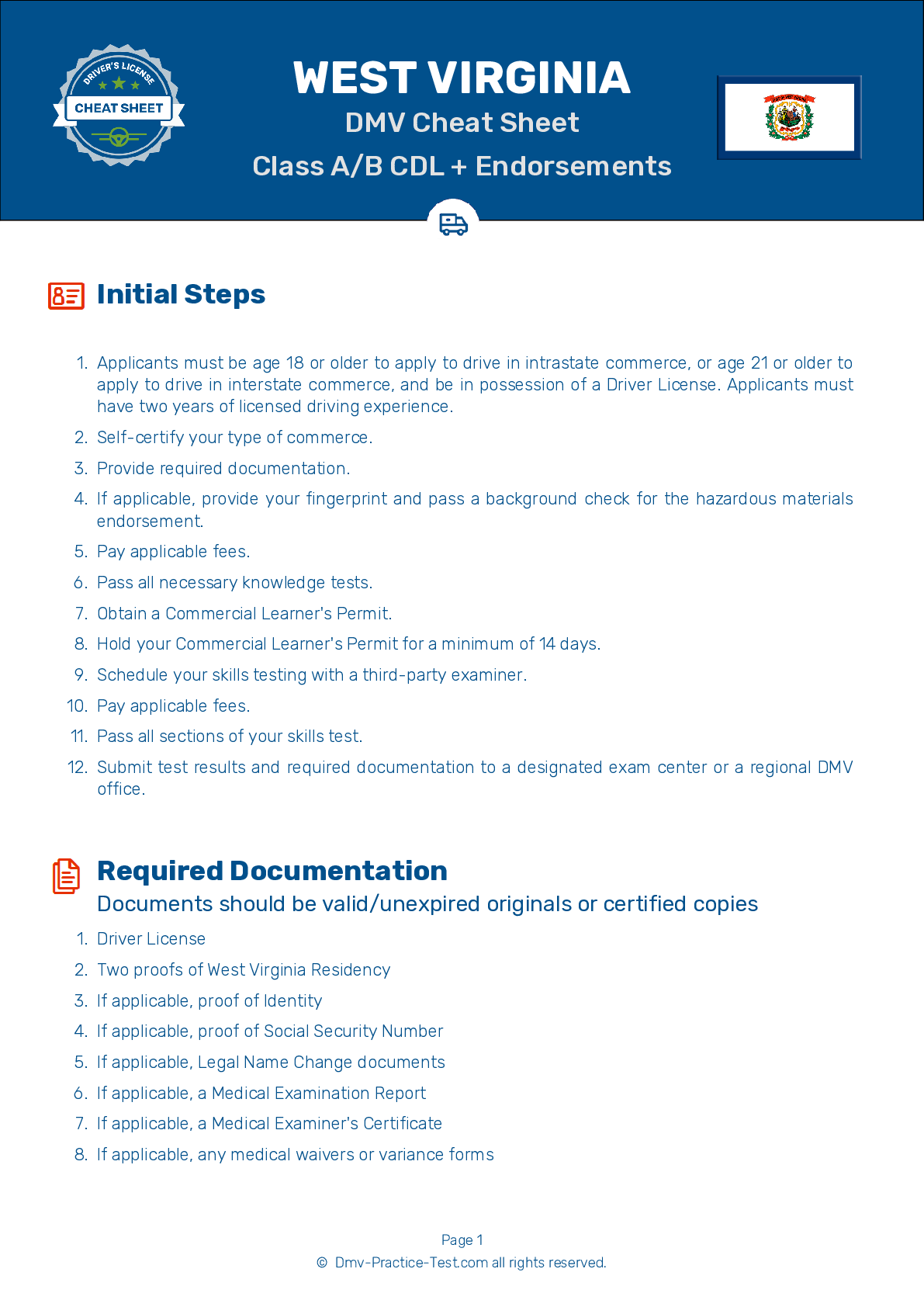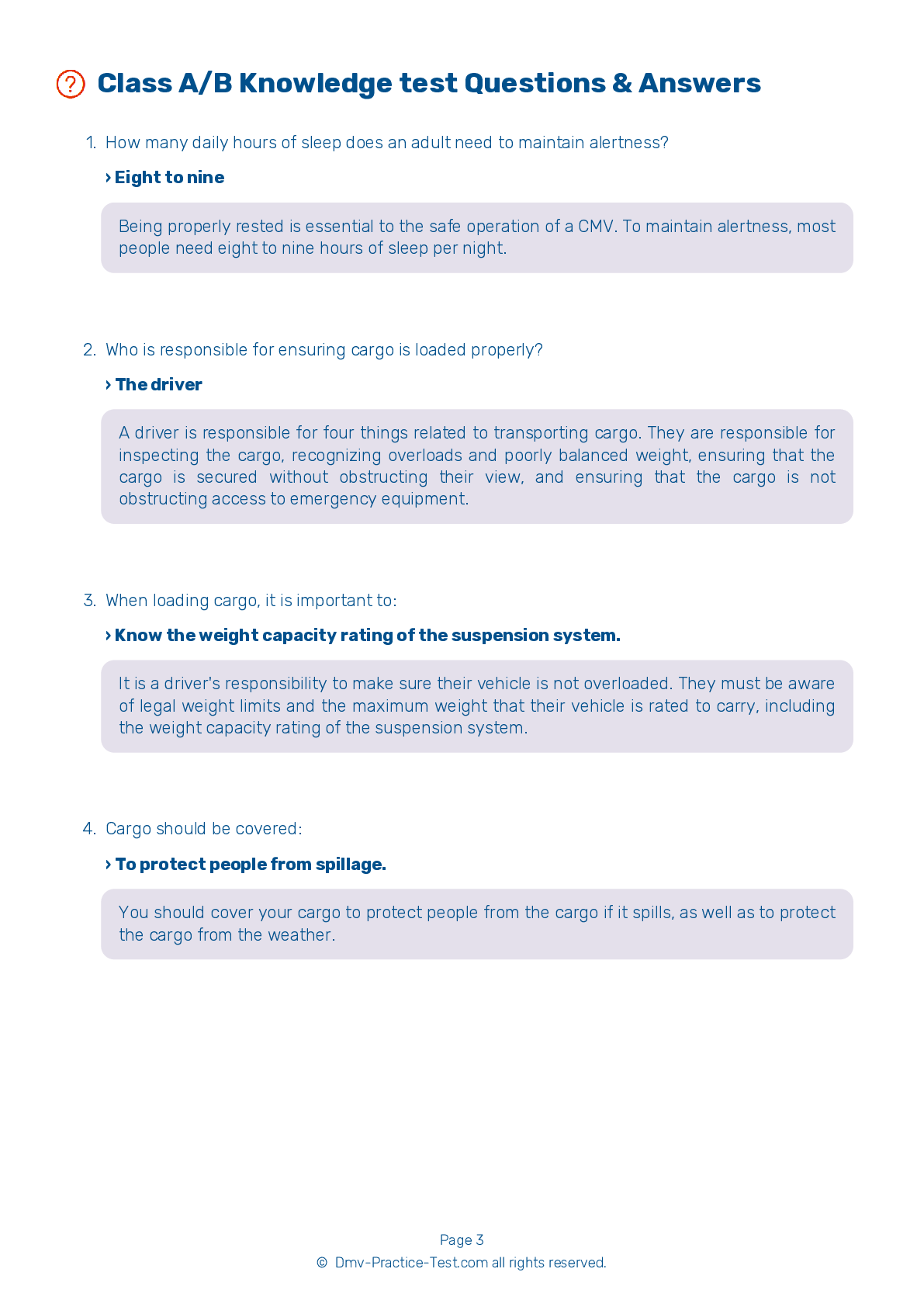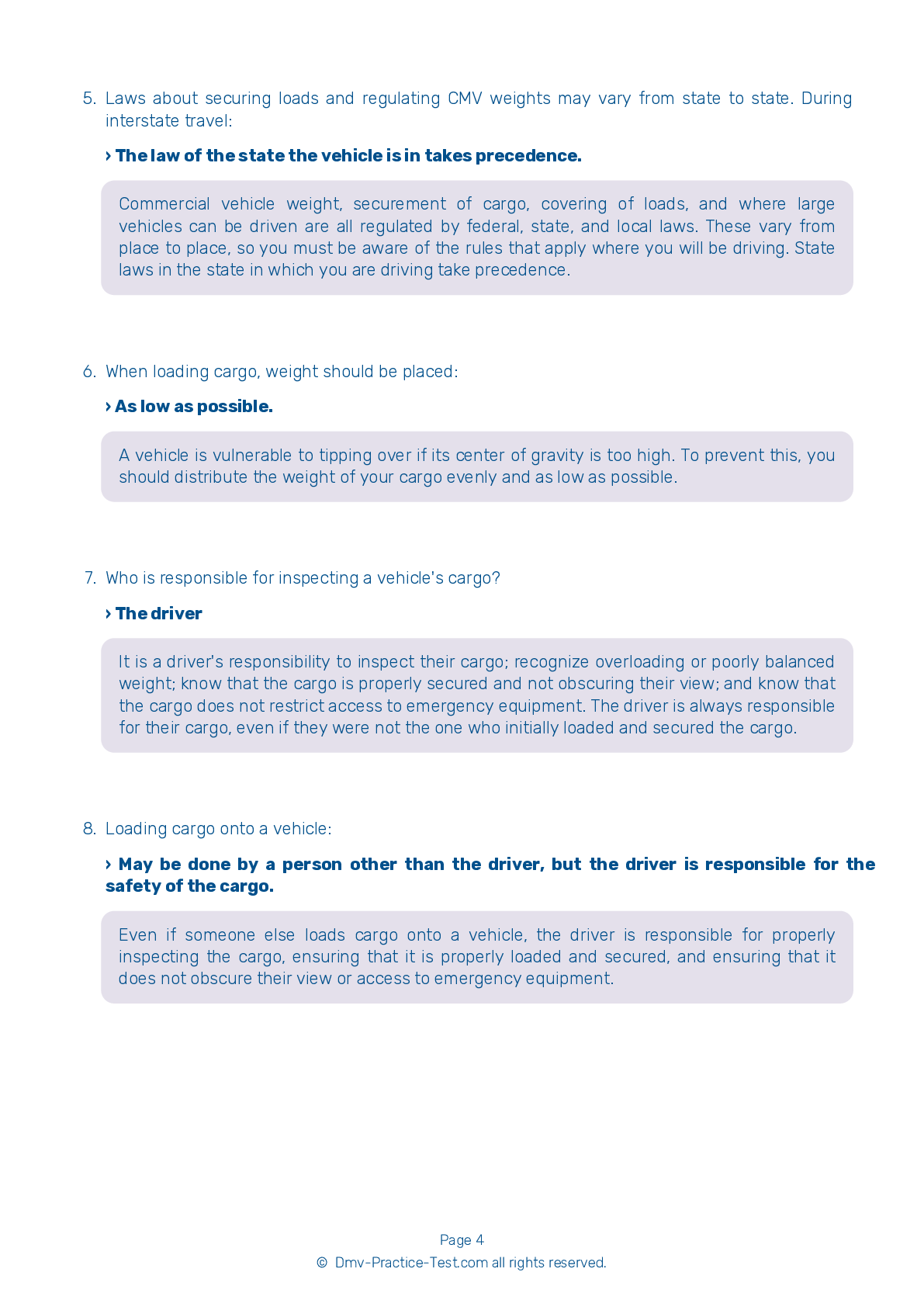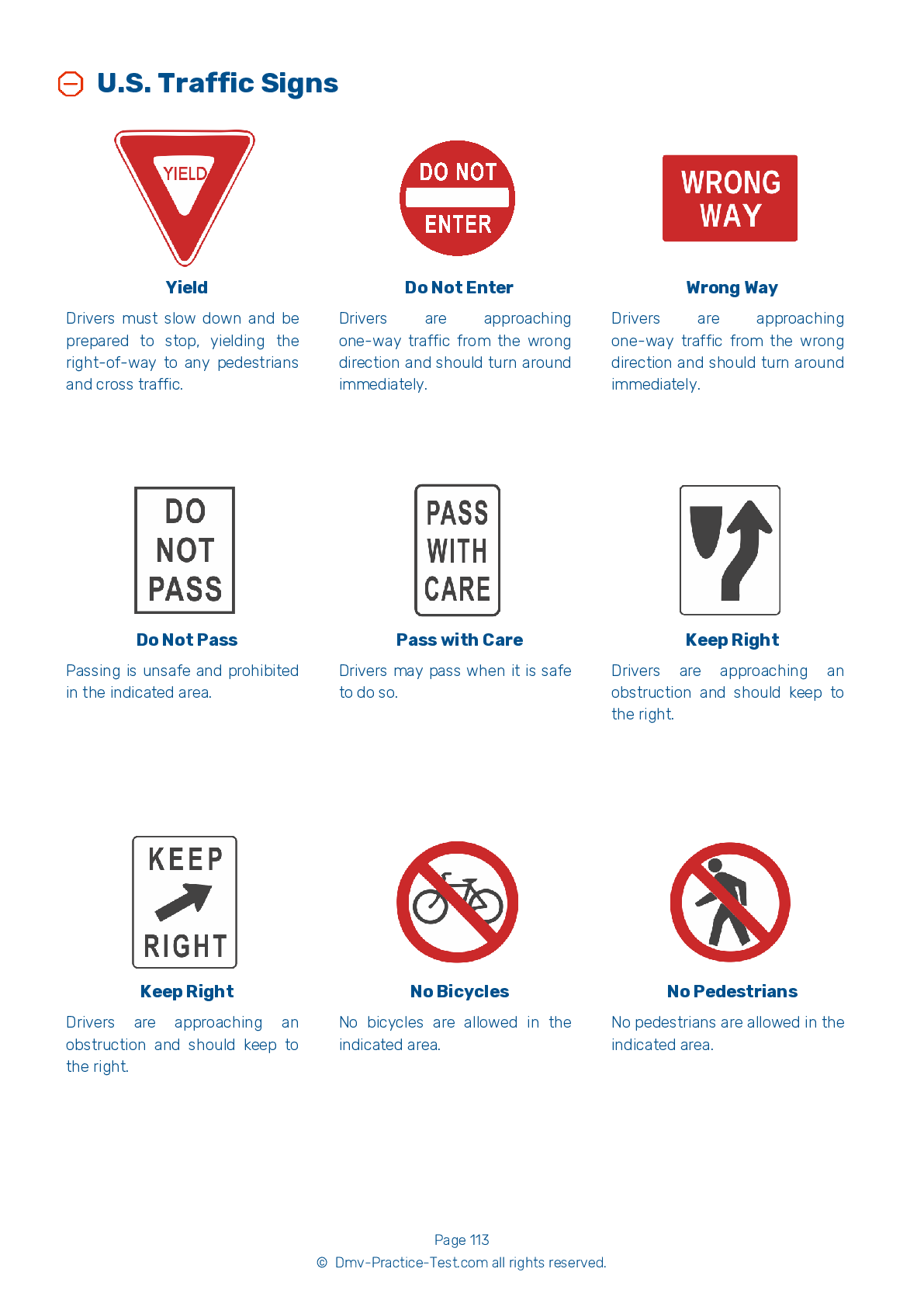HazMat #2
Hazmat Test | West Virginia 2025 #2 Page 2 of 5
On our website, we provide FREE practice - CDL hazmat test online! The official exam test consists of several obligatory parts, with all of them checking your knowledge of different blocks of road rules. If you need to obtain a WV CDL hazmat endorsement in 2025, practice as much as possible. Free sample tests published on our website will help you check and improve your knowledge and boost your grades. Please bear in mind that West Virginia requirements for issuing a hazmat endorsement for CDL may vary from those established in other states.
30
24
20
7 . An explosive material is most likely categorized as a ____ hazard.
Class 7
Class 1 hazardous materials are typically items that present certain explosion or fire hazards.
8 . If a product requires a "Poison Inhalation Hazard" placard, the placard must be used when transporting:
The product in a leaking container.
For applicable materials, the "Poison Inhalation Hazard" placard and the appropriate hazard class placard must always be displayed, even for small amounts of the materials.
9 . Shippers must label hazardous materials. If an item is smaller than its label, how should the item be labeled?
The item may be placed in a box displaying a warning label.
Shippers must place diamond-shaped hazard warning labels on most packages of hazardous materials. If the label won't fit on the package, it can be placed on a tag that is securely attached to the package.
10 . Shipping papers should be:
Laminated.
When transporting hazardous materials, shipping papers should be kept in a pouch in the driver's side door, or in another location where the driver is able to easily reach them while their seat belt is fastened. The papers must be easily visible to anyone who is entering the cab.
11 . When traveling with Division 1.1, 1.2, or 1.3 explosives, a vehicle should not be:
Painted.
When carrying Division 1.1, 1.2, or 1.3 explosives, you should never park within five feet of the traveled portion of the road. Except when parking for short periods to address vehicle necessities, you should not park within 300 feet of a bridge, tunnel, or building; a place where people gather; or an open fire.
12 . Unless a package is clearly unsafe, what does the driver need to accept a package of hazardous materials?
A court order



